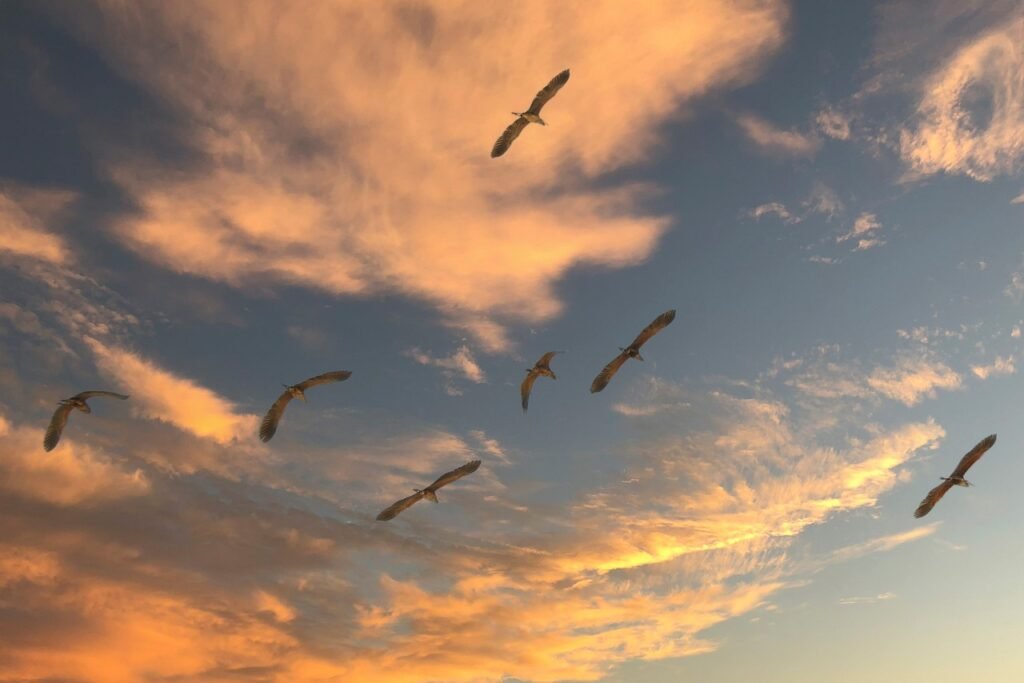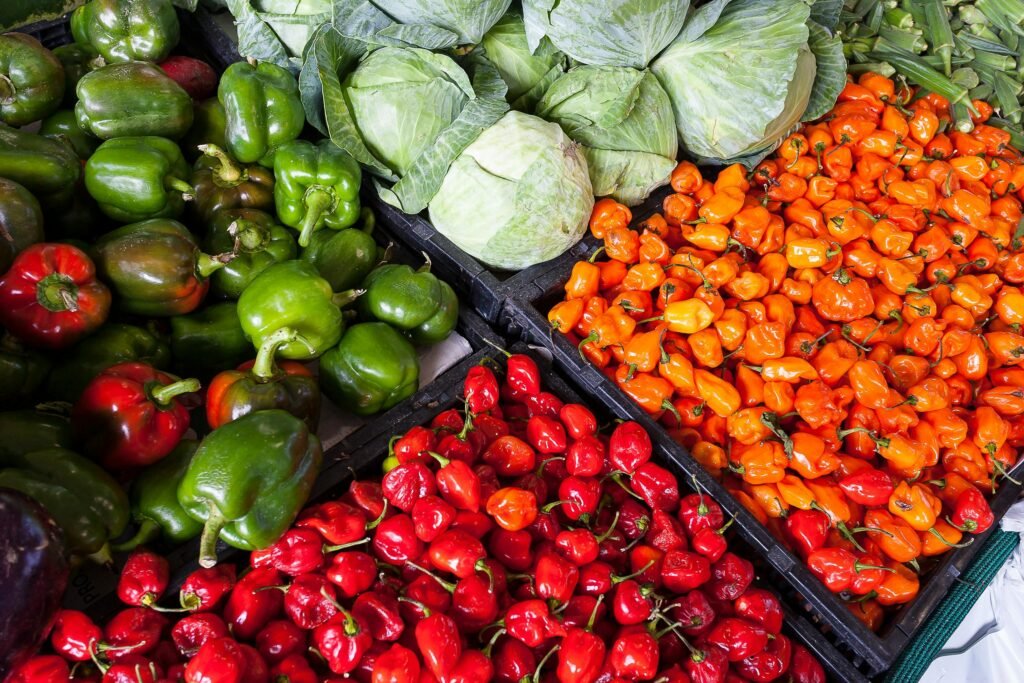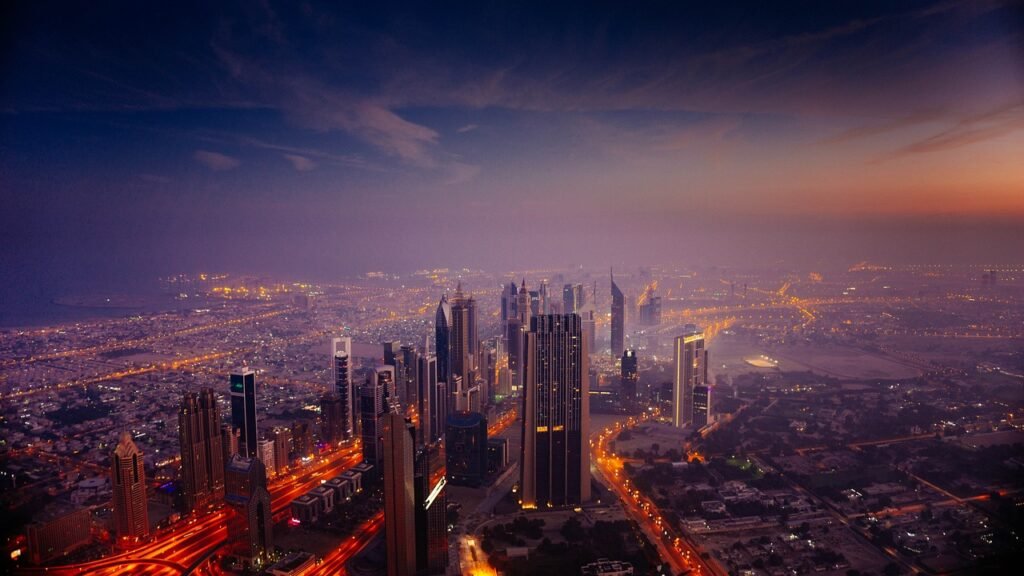Introduction to Climate Change and Wildlife
Humankind activities such as burning fossil fuels and reduction of forests have increased the concentration of greenhouse gases in the earth’s atmosphere. These are gases like carbon dioxide, methane, and nitrous oxide which trap heat and make the earth warm-up by a process generally known as global warming. The effect of such an ongoing crisis from climatic changes influences weather patterns and sea levels as well as ecosystems. This causes a lot of environmental impacts.
Climate change brings about some changes that are likely to severely affect wildlife. These changes might include temperature and precipitation variations that, in turn, affect the subtle balance in an ecosystem by causing loss of habitats, food chains, and migration patterns. For instance, species adapted within a very specific range or over a limited geographical area are likely to be the most affected because they may not be able to adapt quickly to such extreme conditions. Extreme weather events like hurricanes and drought can wipe out populations and destroy habitats needed for living. Here we would be seeing climate change and wildlife
It is really important to know how the climate is changing the wildlife. As this planet is getting hotter, species are fighting for survival. It is also through this that we might learn more about loss in biodiversity and whether or not our ecosystems are healthy. It also teaches us how all living things are connected and how the survival of different animals is important for the whole planet. It will thus be possible to spot how urgent it is to fix the problem as we get to see the extent to which animals cope with climate change.
This blog will talk about how climate change impacts wildlife. It will show how they are changing because of the warmer weather. For example, some animals might move to different places or have fewer babies. We need to protect the wildlife and use resources wisely to help them survive in the future.
Effects on Habitats and Ecosystems
Climate change affects natural habitats and ecosystems much, mostly because of the rising temperatures and the weather pattern changes.
Polar Regions
As the temperatures of the Earth’s surface rise, polar ice caps melt at an alarming rate, thus destroying habitats in a record manner. Some species, such as the polar bear, find important habitats destroyed by this phenomenon since it uses sea ice for hunting and breeding. When the ice is melting, its ability to hunt to feed itself and breed or reproduce is affected, and then eventually gets toward extinction.
Forest Ecosystems
In addition to polar regions, forest ecosystems are seriously at risk. We are noticing higher temperatures and prolonged drought periods; so, this is leading to more frequent and intense wildfires. Thus, it destroys vast areas of forest. So it burns habitations for many forest animals and disturbs total ecosystems that depend upon the delicate balance with the forests. Species such as the Spotted Owl and many species of amphibians are extremely vulnerable since they require very specific conditions of environment which are disappearing at an alarming rate.
Marine Ecosystems
Marine ecosystems also face an equal threat. Sea surface temperatures are increasing along with many associated problems- particularly the dangerous event of coral bleaching. Coral reefs, often referred to as the rainforests of the sea, support an incredible diversity of marine life. We are seeing that the bleaching events, where corals lose their vibrant colors and essential symbiotic algae due to stress, are leading to widespread die-offs. The death of corals affects the whole ocean ecosystem. Well-known coral reefs such as the Great Barrier Reef have seen vast portions of it destroyed, severely impacting like clownfish, which depend on healthy reefs for survival.
Thus, we are seeing that climate change is not just affecting the individual animals, but it also changes the whole ecosystems. When some animals disappear, it can mess up the food chain and make it even harder for this ecosystem to do things like clean water and soak up carbon dioxide (sequestration). All of these are important for people to survive. As the places where animals live shrink or change, they have to adapt, move, or die. It shows that things are worsening, and urgent action needs to be taken against climate change.

Changes in Food Sources and Migration Patterns
Effect on Food Sources
The world is facing a lot of negative effects because of climate change. And, even, wildlife is experiencing a lot of disruptions in their natural ecosystems. One area where we are seeing its great impacts is the availability and distribution of food sources. From plants and other small animals, which comprise the base layers of food webs, are shifting their geographic ranges in response to shifts in temperature and precipitation. This change causes a cascade effect that impacts predator species, whose survival depends on these primary food sources.
For example, many species of flowering plants are flowering earlier or later than they would have in the past: a response to season changes. Herbivores need these plants to survive and thus need to adjust their locations and times of searching for food. If these adjustments are not sufficient, herbivores may be at risk of food scarcity, and so consequently, declining health and reproductive success. This shift is passed up the food chain to carnivores and omnivores, which rely on the herbivores as sources of food.
Effect on Migration Patterns
Climate change is now disrupting when the animals move from one location to another. For instance, birds typically migrate to another location when they find food. Now, due to warm weather, flowers bloom early, and insects arrive early. So, by the time birds get there, food may have died. This might make it hard for them to reproduce and survive. The fish and other sea creatures too face the same problem. It is tough for them to find new places where they would settle down because they will have to swim more distances.
All of these changes are bad news. In addition to the risks to the animals themselves, the entire ecosystem that animals live in is also at risk. If animals need to shift to a new environment, then they may fight with other animals, and this might be worst. We should respect how climate change is bringing changes in food and the time when animals shift their environments so that we can aid the animals to survive.

Adaptation and Conservation Efforts
Adaptation
As climate change continues to change ecosystems worldwide, wildlife is gradually being forced to adapt to new life conditions. Many species are changing their range to find more hospitable habitats. Some animals shift their habitat in the direction of cooler climates or higher altitudes; others adjust their behavior patterns for purposes of survival. For example, some bird species shift their migration times according to temperature changes. And many marine animals are moving deeper waters as the oceans warm. These adaptations carry a lot of importance; but often, in general, may be insufficient on their own to counter the rapidly changing environment.
Conservation Efforts
The species have been fighting to survive, and to rescue these species, several conservation strategies all around the world are being employed. Some of the most significant strategies involve the creation of protected areas and wildlife corridors. These designated zones provide safe zones for animals. Thus, it reduces habitat fragmentation and allowing for safer migrations. In addition, implementing legislation to cut down carbon emissions has become an important aspect in efforts to fight climate change. Controlling greenhouse gases will allow governments to reduce the long-term effects on ecosystems and wildlife.
Reforestation and Habitat Restoration
Human effort by means of afforestation and habitat protection will also contribute significantly to the conservation. Habitat restoration and reforestation will serve as homes to animals. Restoration of wetlands and forests will offer houses to the animals. Restoration of wetlands and forests promotes biodiversity and offers important features for the wildlife. It is normally associated with a range of other benefits such as improved quality of water and recreational opportunities for communities.
Public Awareness and Community Involvement
Finally, Public awareness and community involvement are also important factors towards successful conservation strategies. Educational campaigns, group activities at local level can make a considerable difference by making people connect with nature.
Effects on Habitats and Ecosystems
Climate change is affecting wildlife more with each passing day. Hence, at this point also, conservation measures need to be taken immediately from each and every corner of the world. Amidst such challenges presented by the changing climates, there are huge success stories that prove the strength of nature and the successful, well-thought-out approaches towards the conservation. A good example is the California condor, a species that was close to extinction. Their population rose dramatically after successful breeding programs as well as efforts at protecting their habitats. This shows that proactive methods do really work out to be successful even in this rapidly changing world.
Another promising example is the Great Barrier Reef in which scientists are fighting against climate change by developing innovative methods of restoring coral. Here, scientists are cultivating heat-resilient coral species to build up biodiversity as well as protect the ecosystem from rising sea temperatures. This application of science not only helps preserve the ecosystem of the reef but also forms an important benchmark for other initiatives happening all over the world. This shows how human efforts can conserve marine wildlife.
A good example in Africa is the improvement of protection of elephant populations as their habitats change through climate change. Community-based conservation strategies have been adopted, helping local inhabitants to participate in wildlife protection at the same time as they benefit economically from sustainable practices. This holistic approach has seen an increase in the number of elephants and the community better informed on the need to preserve biodiversity amid such changes.
In addition, the Arctic fox has been supported through the habitat restoration in response to climate changes that have influenced its traditional hunting place. Such measures are aimed at helping the species in adaptation to new conditions. And also, it emphasizes the need to protect ecosystems contribute to the overall health of wildlife. These success stories show how investing in different approaches, conservational strategies, and engaging local communities could help reduce the adverse effects of climate change on wildlife. This shows there is a hopeful path forward in protecting our planet’s natural heritage.
What We Can Do to Help
As the impact of climatic changes on wildlife continues to grow, it is important that individuals and communities be proactive about reducing this impact.
Reduce Carbon Footprint
Lifestyle changes that minimize carbon footprints are one of the best ways of preventing climate change and conserving wildlife. Increasing the use of energy-saving appliances, reducing car usage, changing over to renewable sources of energy, and being watchful over water consumption helps in reducing the greenhouse gas emissions.
Incorporating Sustainable Habits
Additionally, individuals can adopt more sustainable habits in their daily lives. This might be something like eating less meat, buying produce locally, and using very minimal to no single-use plastics that harm the environment. These small changes when implemented collectively will help bring about substantial change on the health of our planet and its wildlife populations.
Community Involvement
Another aspect in the process of addressing climate change and wildlife preservation is the community involvement. Taking part in local conservation initiatives or volunteering with environmental organizations enables one to make a difference at the grass-root level. Some of these activities include habitat restoration, monitoring wildlife, and advocating for policies at the local levels that protect the natural resources. By working with like-minded individuals, efforts be multiplied while encouraging others to take action.
Policy Changes
Advocating for policy changes on ground levels, states, and national levels can play a significant role in efforts to fight climate change and protect wildlife. Among those activities that may be performed to encourage bigger systemic changes is writing to elected officials, participation in public forums, and supporting legislation that leads to reducing carbon emissions or preserving natural habitats.
Ultimately, it is the collective efforts of people, communities, and policies that will make a real difference in combating climate change and protecting our wildlife for generations. We create a more sustainable future by staying informed, taking conscious action, and building a culture of protecting environments.
At last, I can say that if we all work together, from countries making rules to people helping out in their communities, we can reduce adverse impacts on wildlife from climate change. Thus, we would keep our planet healthy for everyone.
Do share your thoughts by commenting below.






